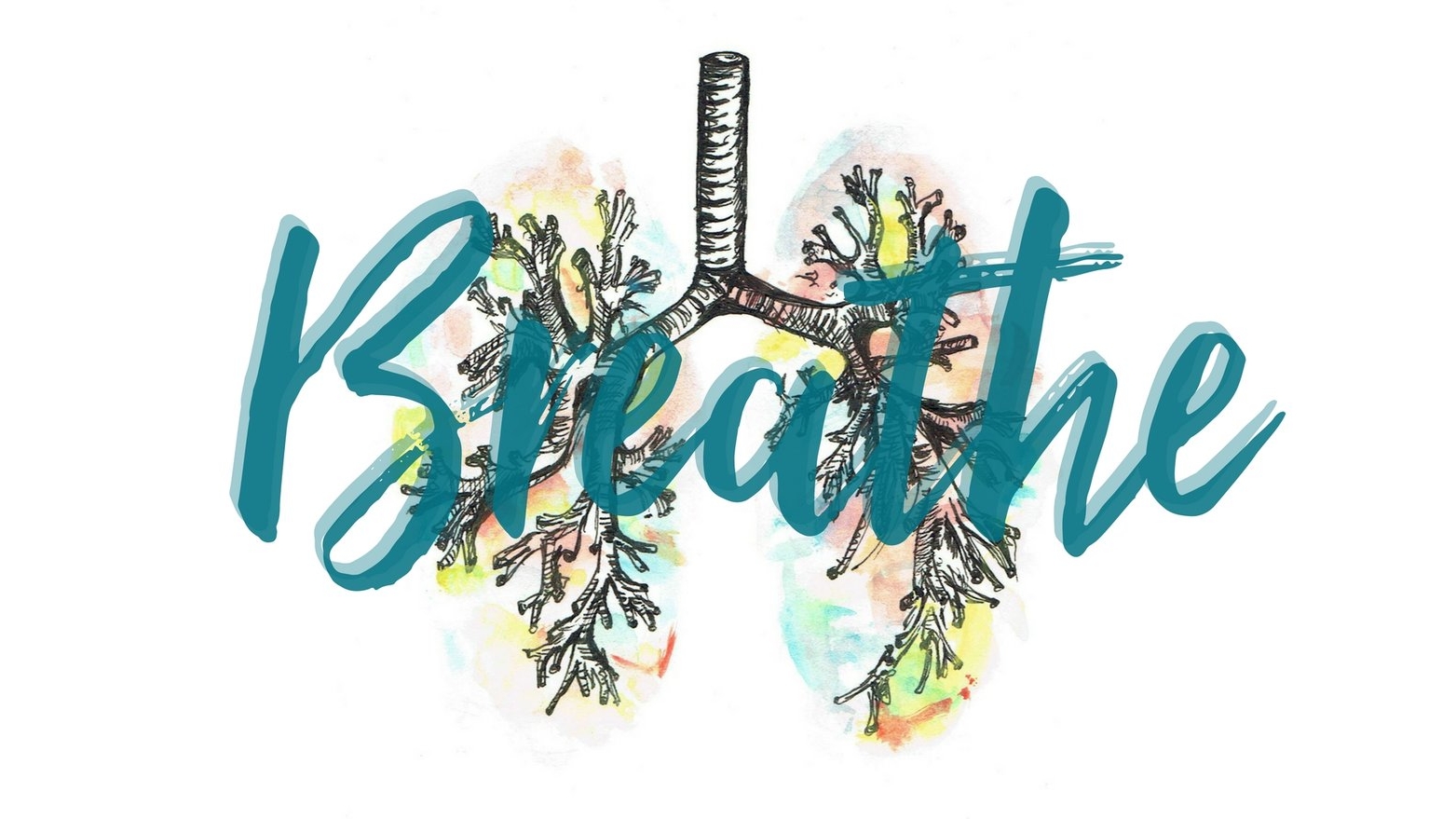Breathing is the most essential bodily function.
We do it without effort or conscious thought all day long, every day of our lives. . .You’d think then that we’d be pretty good at it.
Unfortunately, the quality of our breath is diminished by many things including mood, stress level and posture, as well as allergies, illness and injury. Over time, these create a weak and shallow breath pattern, leaving us feeling stressed, fatigued, tight, cranky and likely in pain.
This was me. A cervical spine injury, tendency to live up in my head, and years of sucking my belly in to appear more attractive had combined to ensure that my breath never made it much further down than my upper chest. My neck and shoulders strained with each breath and I was completely disconnected from the rest of my body. Ironically, I had no idea. I had breathed this way and been in pain for so long that I was used to it.
Learning to Feel
Then, in one of those weird twists of fate where the Universe drops you exactly where you need to be at the moment you are ready to receive it, I found Forrest Yoga, a practice centered not around performing the physical postures but rather on what each pose exposed within me. It asked me to breathe when it felt easier to constrict and hold my breath. It asked me to feel when I was most uncomfortable and to be brave enough to simply be present with my thoughts and feelings instead of running away, shutting down or pushing them deeper inside.
Not someone to learn things the easy way though, I resisted. Half the time I hated it. Yet I couldn’t deny how much better I felt at the end of class. It was like a workout and a therapy session all in one and I was seriously in need of both.
What's the Big Deal About Breathing?
The thing I couldn’t wrap my head around though was all this talk about breath. Supposedly this was “the most important part of the practice.”
Huh? Why? And honestly, why was it so hard to breathe they wanted me to?
I wanted to feel light and free of the stress that pulled me down. But when I took a deep breath all I felt was my tightness and shut down.
Learning to Heal
Then one day, after months (many months) of gentle coaching from my teachers it dawned on me. The point was not to be tension free. It was to acknowledgethe tension, to snuggle up to it and ask:
- Where exactly were those tension areas?
- What did they feel like?
- Could I breathe into those areas at all? If not, how close could I get my breath to that area without struggle or strain?
Honestly – the first few breaths were terrible. All I felt was how tight and shut down I was, particularly around my shoulders, chest and throat.
If I kept with it though, the most amazing things would begin to happen.
It would start to change.
Then, almost inevitably, an emotion, memory or unexpected thought would rise up. Seemingly out of nowhere I’d feel a lump in my throat, pang in my chest or feel my eyes get misty as the inconvenient feelings I had stuffed down started to move and release along with physical tension in my muscles.
It freaked me out. Then I realized what a gift it was. My body and mind, linked by my smooth deep breath, were working together to heal. I didn’t have to pin point why or how long I’d felt this way, only to acknowledge that I did. Rather than need to solve, I simply chose to feel the emotion and allow it move rather than stuffing it back down. I wasn’t “bad.” I wasn’t “broken.” I was simply human and humans have feelings.
Put Your E-motion-s in Motion
E-motion-s are meant to be in motion. When we shut down from feeling them, they don’t disappear. They become stagnant swamps of hurt, anger and pain, slowly poisoning us and our relationships until we clean them out. I learned that if I could just keep breathing, those feelings would rise and crest and eventually dissipate.
Breathing then became a way of checking in with myself.
A tool in times of stress as small as a long line of traffic and as terrifying as a “we need to talk” moment with a loved one.
It showed me a new way to stay present no matter what the world threw at me. I didn’t have to armor up. I didn’t’ have to shrink away or pretend that everything was fine.
I could breathe and I could feel which allowed me to be present.
Now, when I feel a wave of frustration or overwhelm building, the first thing I do is start breathing – as deeply and slowly as I can – down into my belly and low ribs. I press my feet into the floor and spread my toes to ground and I give myself at least 3 breaths to feel what’s really going on before reacting.
By extending myself that kindness, I’m able to also react with more compassion to others.

